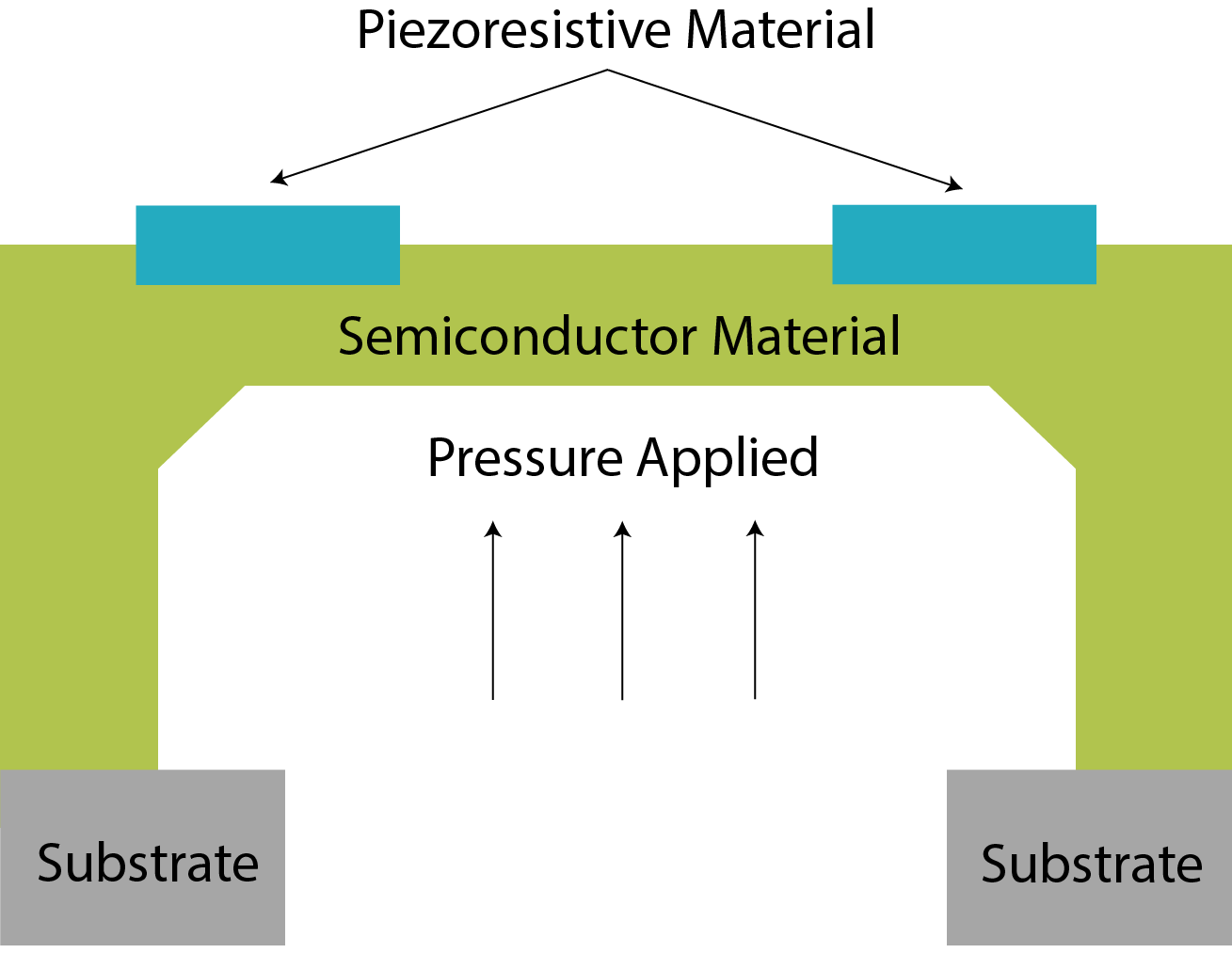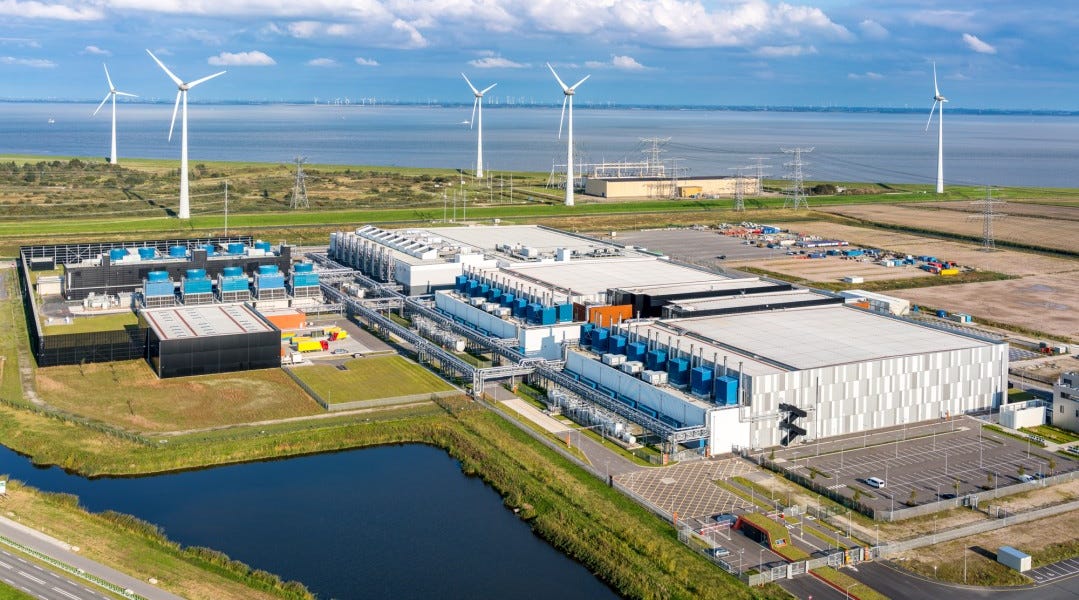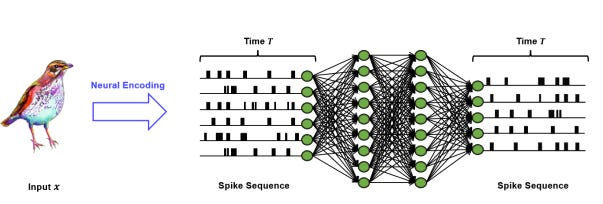Wonder what they find so interesting in the BRN / TCS partnership case about 3/4 in


MEMS are microscopic sensors, actuators, and transducers with moving mechanical parts. The brain-like neural computing promise a surge in IP.

www.lumenci.com
 LUMENCI TEAM
LUMENCI TEAMJANUARY 23, 2024
Neuromorphic Micro-Electro-Mechanical Systems for Intelligent Applications
Introduction
In the ongoing era of technology, we are all surrounded by many intelligent devices & systems. Many application areas, like medical implants & healthcare, automotive, aviation, security, sports, consumer electronics, etc., have seen countless products based on such systems and devices. These products have greatly enhanced the experience of the user and the service provider by executing their routine tasks efficiently. The design of such products identifies Sensors, Transducers, and Actuators as an integral part, and Micro-Electronic-Mechanical-Systems (MEMS) are one of the popular paradigms to implement them on the microscale. In a higher level of abstraction, a MEMS device can be viewed as a microscale device having both mechanical and electronic elements.
Figure 1
The schematic representation of a typical Micro-Electronic-Mechanical-Systems (MEMS) device
MEMS can also be observed as a semiconductor technology adopted to miniaturize the systems having mechanical micro-structures, micro-actuators, micro-sensors, micro-electronics devices, etc. All these elements of a MEMS are fabricated on an integrated chip through several sophisticated microfabrication techniques. The MEMS technology has several other popular names in Japan and Europe, such as micromachines and microsystems. The typical size of a MEMS device can range from a few micrometers to millimeters (~0.002 to -1.00 mm). At this point in time, we also find it important to point out that the advancement in fabrication and semiconductor technology have allowed manufacturers to further diminish the size of such devices in Nanometres, known as the Nano-Electro-Mechanical Systems (NEMS).
Working principle of MEMS
The MEMS devices can sense any change in the deployed environment through measurement of mechanical, electromagnetic, chemical activity, etc. To have a bit more clarity on the working principle of MEMS, let us consider the design of a few popular MEMS:
Medical Pressure Sensor:
- The architectural design depicted in Fig 2 is for a disposable medical pressure sensor. This MEMS architecture is a widely adopted sensor for healthcare to monitor intravenous (IV) blood pressure. The architecture is fabricated on a substrate and has a thin membrane of a semiconductor material. The membrane is produced through sophisticated semiconductor layer etching and replicating the conventional diaphragm. Further, the architecture also has a piezo-resistive layer over the edges of the semiconductor membrane. It may be observed that the introduction of any external pressure over the semiconductor membrane exerts a mechanical strain on the piezo-resistive layer. Exertion of this mechanical strain causes a respective change in the electrical resistance of the piezo-resistive layer, which produces a recognizable deflection in the electrical voltage. The proper calibration and computation over the observed voltage deflection produces the reading of applied pressure.

Figure 2
Figure depicting a typical MEMS architecture for Medical Pressure Sensing.
Accelerometer:
- MEMS can be used to sense pressure. Their design and working principle for monitoring acceleration in automotive processes can be seen in the previous examples. The Architectural design of acceleration sensing MEMS is depicted in Fig. 3. It has a comb-like structure of capacitive plates, where fixed capacitive plates are hinged between the moving capacitive plates. The moving functionality of plates is implemented through a spring hinge system and allows the plates to move in response to any acceleration. The movement in capacitive plates causes a change in the distance between fixed and moving capacitive plates and ultimately changes the equivalent capacitance between plates in accordance with experienced acceleration. The change in the capacitance between plates produces a recognizable deflection in the electric voltage and is calibratable to produce the reading of acceleration.
Figure 3
The pictorial representation depicting the architectural design of MEMS for acceleration sensing.
Incorporating Intelligence in MEMS through Neuromorphic Computing:
Neuromorphic computing is brain-inspired computing and follows the computing structure of the human brain. The human brain has billions of neurons and forms a complex Brain Neural Network (BNN) network to execute computing tasks. To mimic the computational model of the human brain, computing models, typically Artificial Neural Network (ANN), comprising Perceptron as a fundamental unit, are proposed. The computational analogy between BNN and ANN is depicted in Figure 4.1 (a) and (b), respectively. Also, the recent developments in semiconductor technologies have allowed efficient general-purpose ANN processing architectures on integrated circuits, even without following the traditional Von-Neuman Architecture. The integrated chips following the computing architecture of ANNs are referred to as Neuromorphic Chips.
Figure 4.1
A pictographic representation to show the architectural analogy between the computing models of (a) BNN and (b) ANN. Figure also depicts the architecture of (c) memristor crossbar array, which is a fundamental computing unit in many neuromorphic chips.
In addition to the architectural similarity, Neuromorphic devices also attempt to mimic computational hierarchy of the human brain. The computational similarity between the human brain and neuromorphic computing can be understood by Figure 4.2, which presents the hierarchical comparison of a human brain neuron and neuromorphic computing model, respectively. Here it is important to observe that high level computing tasks (Computationally complex like memorizing, planning, learning) of neuromorphic devices are executed by a central processing unit which is analogous to the Central Nervous System (CNS) comprised of human brain and spinal cord. However, for Low-Level Processing tasks (Computationally simplex like, perceiving, reacting to a stimulus), a Local Processing (On-Chip) Unit is utilized and is analogues to the Peripheral Nervous System (PNS) comprised of Sensory and Motor Neurons.
Figure 4.2
A graphical representation of the computational hierarchy of the human brain and neuromorphic computing to highlight the computational analogy between them. (
Source).
To understand the above analogy and the process of incorporating intelligence in MEMS/Devices, let us consider the architecture and working of a practical Neuromorphic device. For this purpose, we consider the architecture of a Neuromorphic Tactile Processing System (NeuTap) developed to replicate the functions of human sensory neurons. The underlying NeuTap is reported for successful identification of touch patterns with spatiotemporal features. Figure 5 depicts how the functional units of NeuTap are coinciding with human sensory neurons. It has a resistive pressure sensor to function as a receptor for any touch activity and an integrated ionic cable and synaptic transistor to mimic the functions of Axon and Synapse. The Integrated Ionic cable works as a communication coupling between the pressure sensor and the synaptic transistor. The synaptic transistor is a computing element that implements the on-chip machine-learning computation to perceive touch activity.
Figure 5
A pictorial depiction of a Neuromorphic tactile processing system comprising a pressure sensor, Ionic Cable, and Synaptic Transistor. The figure also depicts the analogy between a human sensory neuron and a NeuTap sensor. (
Source)
Advantages of Neuromorphic-MEMSs Over MEMS
- Intelligent sensing with on-chip processing capability: A simple MEMS device only senses/logs an environmental change; however, with the ability of on-chip neuromorphic processing, the MEMS devices may perform intelligent/event-based sensing and have the ability to perceive.
- Node-Centric rather than Cloud-Centric: MEMS's on-chip neuromorphic processing capability also allows the development of sensors and actuators with “on-sensor” or “near-sensor” processing capabilities. This has the potential to eradicate the necessity of cloud-based processing stations in smart devices while maintaining the constraint of size.
- Energy Efficient: Due to the dual nature of the synapse, the approach consumes ultra-low energy.
- Data-Efficient: Due to the node-centric nature, the Neuromorphic MEMS are quite efficient for data-related requirements.
- Faster processing capabilities: Due to the massively parallel nature of neuromorphic computing, it has faster processing capabilities.
IP Trends for Neuromorphic-MEMS
A yearly count of patent applications filed for the last five years is presented using Figure 6, indicating an exponential growth in creating intellectual properties related to domain expertise. The exponentially increased patent applications also indicate that many stakeholders in the domain have invested a lot to diversify their patent portfolios with patents related to neuromorphic MEMS. Therefore, in the coming years, we may anticipate a lot of patent monetization activities for neuromorphic MEMS.
Figure 6
Yearly distribution* for globally filed Patents/ Applications in the field of Neuromorphic devices/MEMS indicates that the field of neuromorphic computing is growing at an exponential pace.
*Considering the delay in the publication of patent applications, the data for 2022 and 2023 may be inaccurate.
The top ten players of the underlying technology are presented in Figure 7 and include the majority of the tech giants. It identifies Robert Bosch, Nvidia, Samsung Electronics, Apple, and IBM as the top five companies investing to diversify their patent portfolio by acquiring Intellectual Properties related to neuromorphic MEMS.
Figure 7
Distribution of Patents/Applications among the major players for Neuromorphic Devices/MEMS.
Figure 8 highlights the major application areas where most intellectual property activities (i.e., Patent Filings) related to the neuromorphic MEMS are happening. Identifying Computer, Medical, Control, Measurement, and Transport as the top five application domains.
Figure 8
A pictorial representation depicting major application areas of Neuromorphic Devices/MEMS, Medical, Computer, Control, Transport, and Telecommunication are among the top.
Brief Insight on Market Activities
Currently, the market of neuromorphic technologies is closely evolving around computer technologies by covering about half of the intellectual property cases (See Figure 9) and holds a market capital of ~ $5277 million.
Literature suggests a 22.12 % CAGR, and the overall market cap of neuromorphic technology is expected to reach ~ $20732.12 million by 2030. Therefore, a parallel growth in patent development, patent filing, and other intellectual property-related activities is anticipated, specifically in the application domains, with the growing maturity in neuromorphic computer technologies. Observing the above IP insights, we expect that the majority of tech giants like Samsung Electronics, Apple, IBM, Intel, Google, Nvidia, etc., will participate in this journey and will encourage many patent development and monetization activities.
In addition to this, we also expect many startups, cross-domain partnerships, IP licensing, mergers, acquisitions, etc., between organizations to utilize the advantages of neuromorphic computing. One such interesting case is the partnership between BrainChip and TCS for intelligent human gesture recognition.
EDIT: I missed a spot so inserting a markup.
Figure 9: Market insights of Neuromorphic Technology and Application domain-wise distribution of Intellectual Properties.
Future Directions
The design and working principle of Neuromorphic MEMS closely resembles the biological sensory system and attempts to mimic the intelligence of the human brain. This technology has the potential to enable edge computing, where data is processed on the device itself, leading to applications in sensing, robotics, and AI and various application areas like the healthcare and medical industry, telemedicine, aviation and automobiles, robotics, security, surveillance, and so on. Incorporating neuromorphic computing in MEMS devices can equip the artificial system with intelligence close to several biological intelligences like decision-making, cognitive recognition, perception building, etc. This may lead to the development of countless compact, robust, fast, ultra-low power and super intelligent robotic systems, wearable devices, medical implants, prosthetic devices, etc. The use of MEMS devices for neuromorphic computing presents a promising avenue for the development of intelligent applications, with potential applications in various fields such as acoustic sensing, signal processing, and neural computing.
Disclaimer: This report is based on information that is publicly available and is considered to be reliable. However, Lumenci cannot be held responsible for the accuracy or reliability of this data.
Author
Associate Consultant at Lumenci
Raghuvendra works as an Associate Consultant at Lumenci. He holds a B.Tech. (ECE), M.Tech. (Embedded System Technologies) and upcoming Doctoral in Electronics and Communication Engineering Degree from Motilal Nehru National Institute of Technology, Allahabad. His areas of interest are Artificial Intelligence and Machine Learning, Signal Processing, DSP, and ML architectures. He also holds experience working in Government of India-funded AI and ML research projects.
Lumenci | 32,851 followers on LinkedIn. Illuminating Innovation | Lumenci is the technology industry’s most strategic patent monetization partner. We work with the world’s top technology companies, law firms, inventors, and start-ups to find the value in their inventions and help them pursue—and...

www.linkedin.com
About us
Lumenci is the technology industry’s most strategic patent monetization partner. We work with the world’s top technology companies, law firms, inventors, and start-ups to find the value in their inventions and help them pursue—and defend—that value throughout the ideation to monetization lifecycle. We help clients convert innovation into patent portfolios and identify their best monetization opportunities We work with a wide variety of technologies including software, semiconductors, telecom, networking, and biotech technologies. Lumenci combines technology domain expertise with strategic industry connections to guide you on the best route to ROI. From ideation to monetization - we illuminate.








